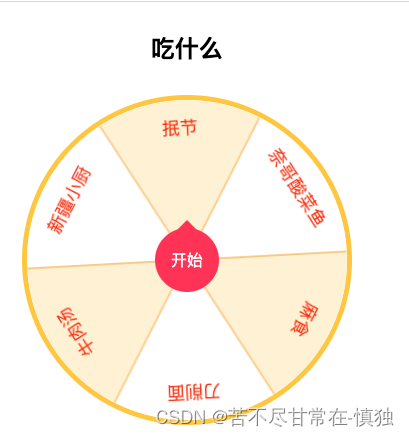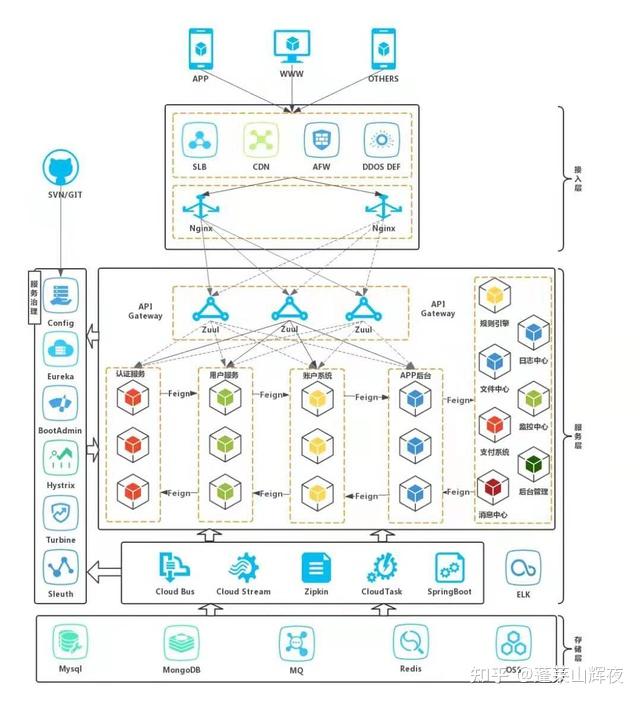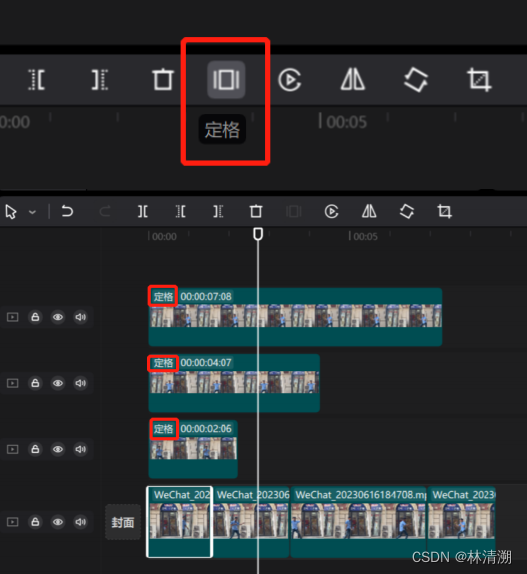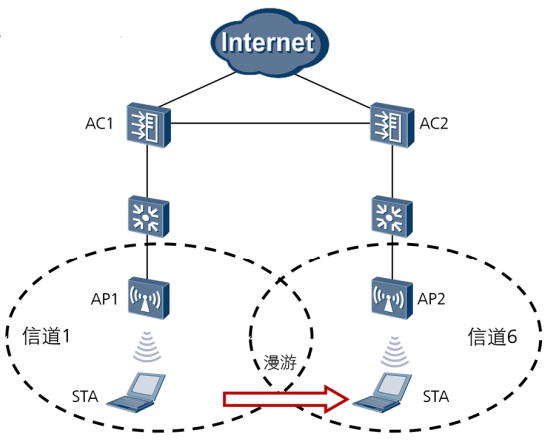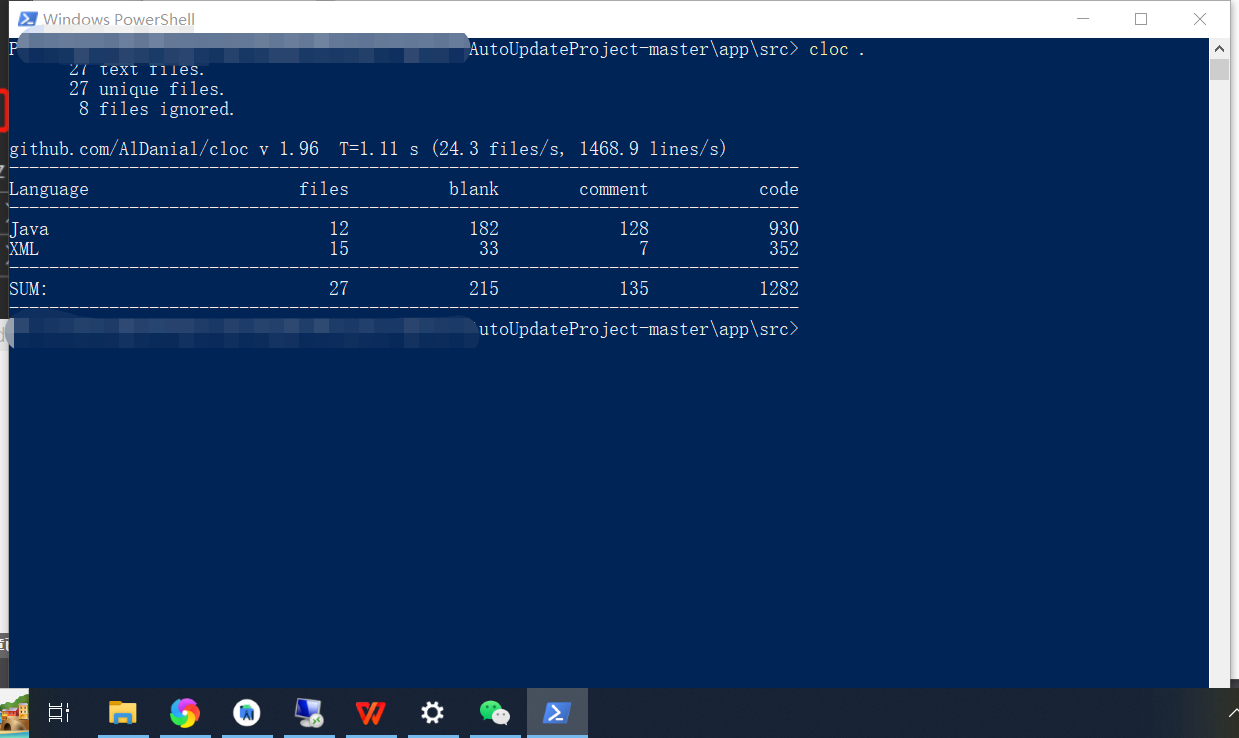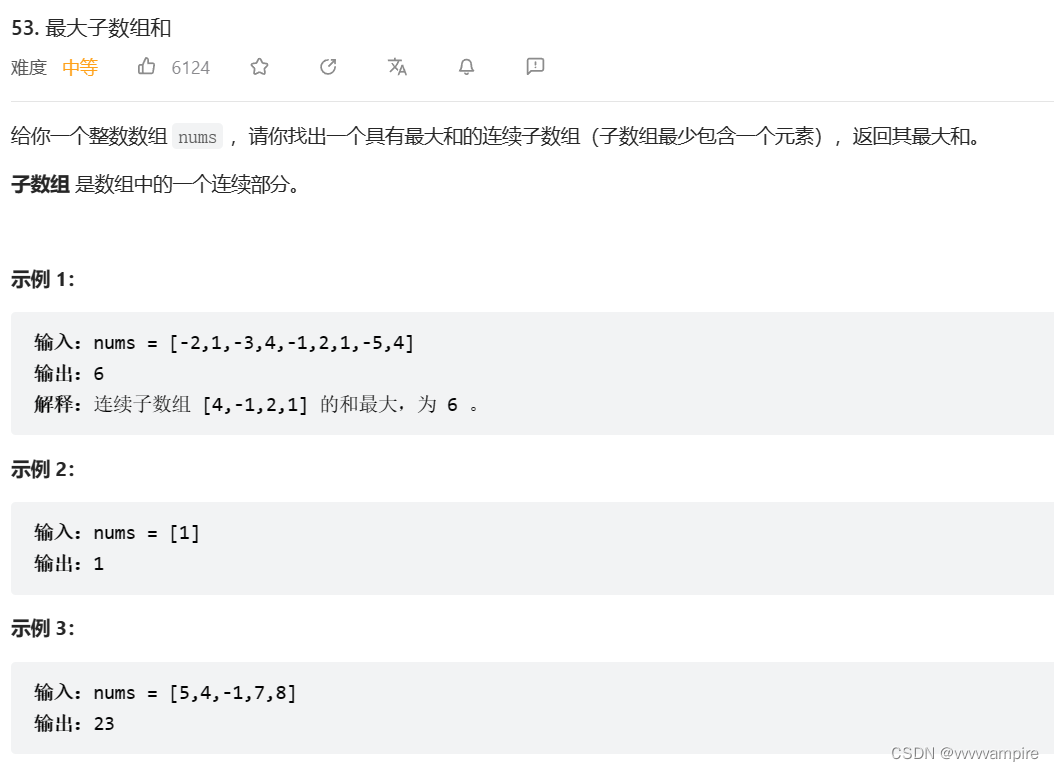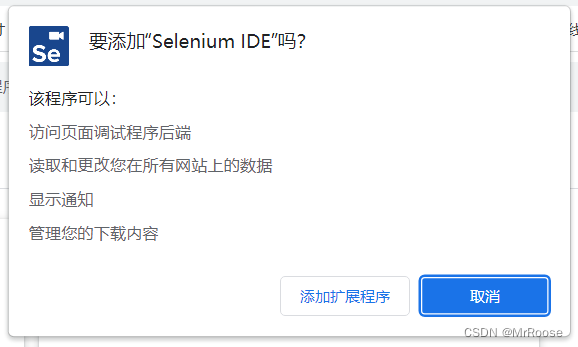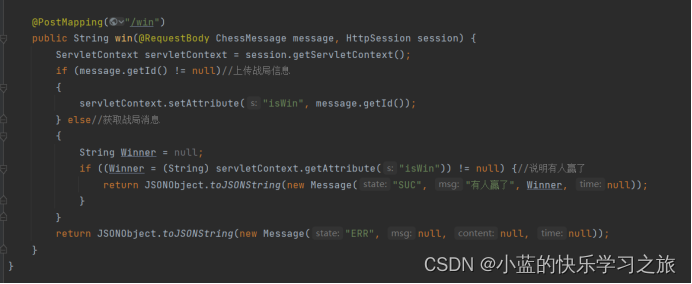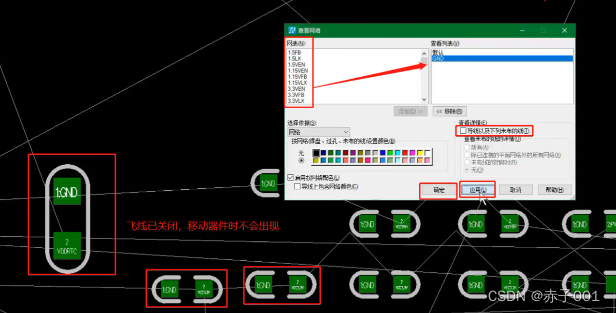论文名称: An Image is Worth 16x16 Words: Transformers for Image Recognition at Scale
一、Patch Embedding模块
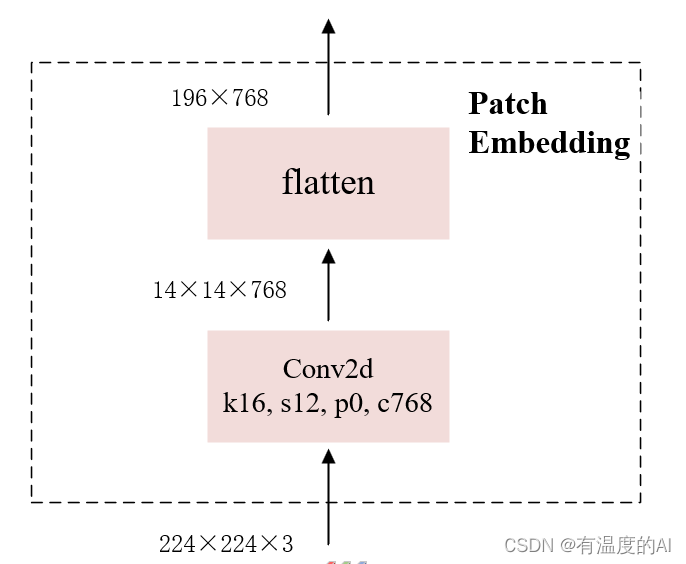
class PatchEmbed(nn.Module): # 对应Patch Embedding模块
def __init__(self, img_size=224, patch_size=16, in_c=3, embed_dim=768, norm_layer=None):
super().__init__()
img_size = (img_size, img_size)
patch_size = (patch_size, patch_size)
self.img_size = img_size
self.patch_size = patch_size
self.grid_size = (img_size[0] // patch_size[0], img_size[1] // patch_size[1]) # 224/16=14
self.num_patches = self.grid_size[0] * self.grid_size[1] # patches的数目 即14*14
self.proj = nn.Conv2d(in_c, embed_dim, kernel_size=patch_size, stride=patch_size) # 定义kernel_size=16*16,步距为16的卷积
self.norm = norm_layer(embed_dim) if norm_layer else nn.Identity()
def forward(self, x): # 正向传播过程
B, C, H, W = x.shape
assert H == self.img_size[0] and W == self.img_size[1], \
f"Input image size ({H}*{W}) doesn't match model ({self.img_size[0]}*{self.img_size[1]})." # 输入的图片大小必须是固定的
# flatten: [B, C, H, W] -> [B, C, HW]
# transpose: [B, C, HW] -> [B, HW, C]
x = self.proj(x).flatten(2).transpose(1, 2) #
x = self.norm(x)
return x二、Multi-Head Attention模块
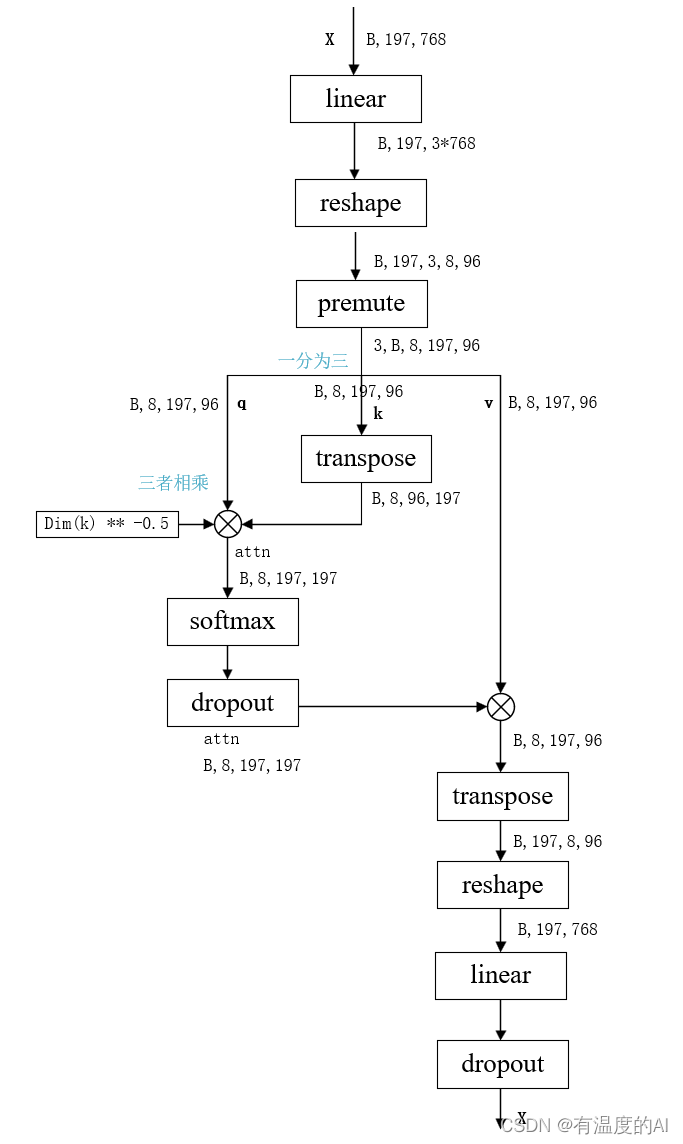
class Attention(nn.Module): # 定义Multi-Head Self-Attention结构
def __init__(self,
dim, # 输入token的dim
num_heads=8,
qkv_bias=False,
qk_scale=None,
attn_drop_ratio=0.,
proj_drop_ratio=0.):
super(Attention, self).__init__()
self.num_heads = num_heads
head_dim = dim // num_heads #得到每一个head的Q,K,V的维度 (768//8)
self.scale = qk_scale or head_dim ** -0.5 #对应1/根号dk
self.qkv = nn.Linear(dim, dim * 3, bias=qkv_bias)
self.attn_drop = nn.Dropout(attn_drop_ratio)
self.proj = nn.Linear(dim, dim)
self.proj_drop = nn.Dropout(proj_drop_ratio)
def forward(self, x): # 定义正向传播过程
# [batch_size, num_patches + 1, total_embed_dim] num_patches后面加的1是class token
B, N, C = x.shape #[batch_size, 197, 768]
# qkv(): -> [batch_size, num_patches + 1, 3 * total_embed_dim]
# reshape: -> [batch_size, num_patches + 1, 3, num_heads, embed_dim_per_head]
# permute: -> [3, batch_size, num_heads, num_patches + 1, embed_dim_per_head]
qkv = self.qkv(x).reshape(B, N, 3, self.num_heads, C // self.num_heads).permute(2, 0, 3, 1, 4) #[batch_size,197,3,8,96]
# [batch_size, num_heads, num_patches + 1, embed_dim_per_head] [batch_size,8,197,96]
q, k, v = qkv[0], qkv[1], qkv[2] # make torchscript happy (cannot use tensor as tuple)
# transpose: -> [batch_size, num_heads, embed_dim_per_head, num_patches + 1]
# @: multiply -> [batch_size, num_heads, num_patches + 1, num_patches + 1]
attn = (q @ k.transpose(-2, -1)) * self.scale #这一步是q乘k的转置,再乘上 1/根号dk
attn = attn.softmax(dim=-1) #dim=-1表示对attn的每一行进行softmax处理
attn = self.attn_drop(attn)
# @: multiply -> [batch_size, num_heads, num_patches + 1, embed_dim_per_head]
# transpose: -> [batch_size, num_patches + 1, num_heads, embed_dim_per_head]
# reshape: -> [batch_size, num_patches + 1, total_embed_dim]
x = (attn @ v).transpose(1, 2).reshape(B, N, C) #将attn与v进行矩阵相乘
x = self.proj(x) #经过全连接层
x = self.proj_drop(x)
return x三、MLP block模块
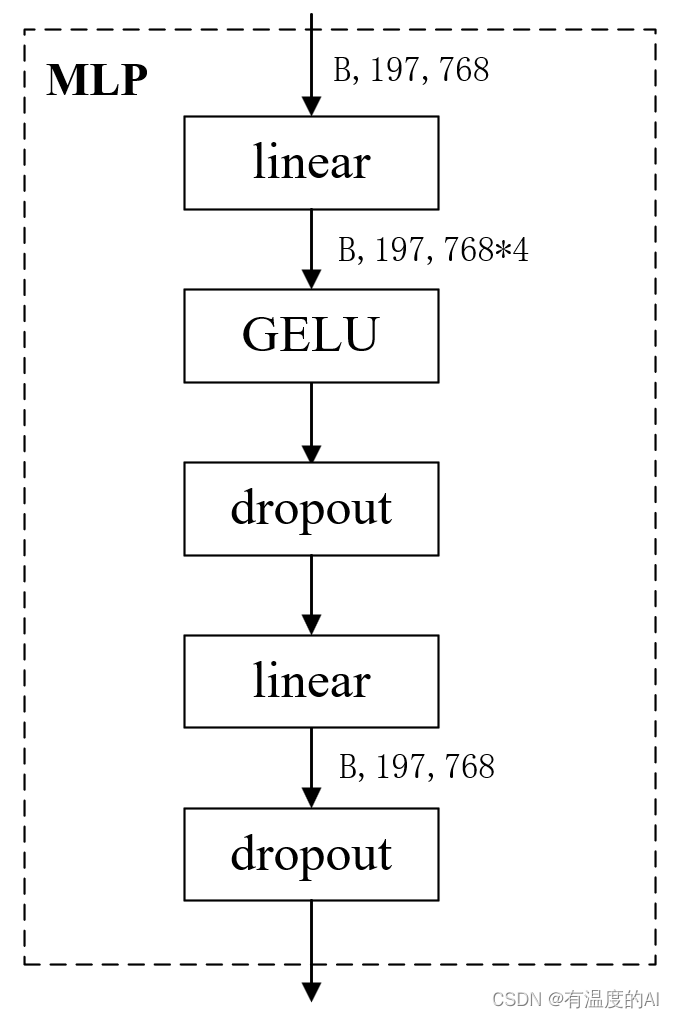
class Mlp(nn.Module): # 定义Mlp Block模块
def __init__(self, in_features, hidden_features=None, out_features=None, act_layer=nn.GELU, drop=0.):
super().__init__()
out_features = out_features or in_features
hidden_features = hidden_features or in_features
self.fc1 = nn.Linear(in_features, hidden_features) # 第一个全连接层
self.act = act_layer() # 激活函数GELU
self.fc2 = nn.Linear(hidden_features, out_features) # 第二个全连接层
self.drop = nn.Dropout(drop) # Dropout层
def forward(self, x): # 定义正向传播过程
x = self.fc1(x)
x = self.act(x)
x = self.drop(x)
x = self.fc2(x)
x = self.drop(x)
return x四、Encoder Block模块

class Block(nn.Module): # 定义Encoder Block模块
def __init__(self,
dim, # 输入token的dim(768)
num_heads, # Multi-Head Self-Attention中使用headers的个数
mlp_ratio=4., # Mlp Block模块中第一个全连接层的节点个数是输入节点个数的4倍
qkv_bias=False,
qk_scale=None,
drop_ratio=0.,
attn_drop_ratio=0.,
drop_path_ratio=0.,
act_layer=nn.GELU,
norm_layer=nn.LayerNorm):
super(Block, self).__init__()
self.norm1 = norm_layer(dim) # 第一个layer norm层
self.attn = Attention(dim, num_heads=num_heads, qkv_bias=qkv_bias, qk_scale=qk_scale, # Multi-Head Attention层
attn_drop_ratio=attn_drop_ratio, proj_drop_ratio=drop_ratio)
# NOTE: drop path for stochastic depth, we shall see if this is better than dropout here
self.drop_path = DropPath(drop_path_ratio) if drop_path_ratio > 0. else nn.Identity() # drop_path层
self.norm2 = norm_layer(dim) # 第二个layer norm层
mlp_hidden_dim = int(dim * mlp_ratio) #Mlp模块中第一个全连接层的节点个数是输入节点个数的4倍
self.mlp = Mlp(in_features=dim, hidden_features=mlp_hidden_dim, act_layer=act_layer, drop=drop_ratio) # 初始化MLP层
def forward(self, x): # 正向传播
x = x + self.drop_path(self.attn(self.norm1(x)))
x = x + self.drop_path(self.mlp(self.norm2(x)))
return x五、整体结构


class VisionTransformer(nn.Module): # 定义类VisionTransformer
def __init__(self, img_size=224, patch_size=16, in_c=3, num_classes=1000,
embed_dim=768, depth=12, num_heads=12, mlp_ratio=4.0, qkv_bias=True,
qk_scale=None, representation_size=None, distilled=False, drop_ratio=0.,
attn_drop_ratio=0., drop_path_ratio=0., embed_layer=PatchEmbed, norm_layer=None,
act_layer=None): # depth为重复堆叠Encoder block的次数
super(VisionTransformer, self).__init__()
self.num_classes = num_classes
self.num_features = self.embed_dim = embed_dim # num_features for consistency with other models
self.num_tokens = 2 if distilled else 1
norm_layer = norm_layer or partial(nn.LayerNorm, eps=1e-6)
act_layer = act_layer or nn.GELU
self.patch_embed = embed_layer(img_size=img_size, patch_size=patch_size, in_c=in_c, embed_dim=embed_dim)
num_patches = self.patch_embed.num_patches
self.cls_token = nn.Parameter(torch.zeros(1, 1, embed_dim)) # class token [1,1,768]
self.dist_token = nn.Parameter(torch.zeros(1, 1, embed_dim)) if distilled else None
self.pos_embed = nn.Parameter(torch.zeros(1, num_patches + self.num_tokens, embed_dim)) # Position Embedding [1,197,768]
self.pos_drop = nn.Dropout(p=drop_ratio) # 构建一个Dropout层
dpr = [x.item() for x in torch.linspace(0, drop_path_ratio, depth)] # stochastic depth decay rule
# 构建Transformer Encoder模块
self.blocks = nn.Sequential(*[
Block(dim=embed_dim, num_heads=num_heads, mlp_ratio=mlp_ratio, qkv_bias=qkv_bias, qk_scale=qk_scale,
drop_ratio=drop_ratio, attn_drop_ratio=attn_drop_ratio, drop_path_ratio=dpr[i],
norm_layer=norm_layer, act_layer=act_layer)
for i in range(depth)
])
self.norm = norm_layer(embed_dim) # 构建一个layer norm层
# Representation layer 用于判断是否使用pre_logits
if representation_size and not distilled:
self.has_logits = True
self.num_features = representation_size
self.pre_logits = nn.Sequential(OrderedDict([
("fc", nn.Linear(embed_dim, representation_size)),
("act", nn.Tanh())
]))
else:
self.has_logits = False
self.pre_logits = nn.Identity()
# Classifier head(s)
self.head = nn.Linear(self.num_features, num_classes) if num_classes > 0 else nn.Identity() # MLP Head中的Linear层
self.head_dist = None
if distilled:
self.head_dist = nn.Linear(self.embed_dim, self.num_classes) if num_classes > 0 else nn.Identity()
# Weight init 权重初始化
nn.init.trunc_normal_(self.pos_embed, std=0.02)
if self.dist_token is not None:
nn.init.trunc_normal_(self.dist_token, std=0.02)
nn.init.trunc_normal_(self.cls_token, std=0.02)
self.apply(_init_vit_weights)
def forward_features(self, x):
# [B, C, H, W] -> [B, num_patches, embed_dim]
x = self.patch_embed(x) # [B, 196, 768] 先通过Patch_Embedding
# [1, 1, 768] -> [B, 1, 768]
cls_token = self.cls_token.expand(x.shape[0], -1, -1) # 加上class token
if self.dist_token is None:
x = torch.cat((cls_token, x), dim=1) # [B, 197, 768] 将X和cls_token在维度1上拼接
else:
x = torch.cat((cls_token, self.dist_token.expand(x.shape[0], -1, -1), x), dim=1)
x = self.pos_drop(x + self.pos_embed) # 再加上Position Embedding
x = self.blocks(x) # 通过Transformer Encoder层
x = self.norm(x) # 通过layer norm层
if self.dist_token is None:
return self.pre_logits(x[:, 0]) # 提取class token
else:
return x[:, 0], x[:, 1]
def forward(self, x): # 正向传播过程
x = self.forward_features(x)
if self.head_dist is not None:
x, x_dist = self.head(x[0]), self.head_dist(x[1])
if self.training and not torch.jit.is_scripting():
# during inference, return the average of both classifier predictions
return x, x_dist
else:
return (x + x_dist) / 2
else:
x = self.head(x) # MLP Head中的Linear层
return x
reference
http://t.csdn.cn/cvvBR![]() http://t.csdn.cn/cvvBR
http://t.csdn.cn/cvvBR
